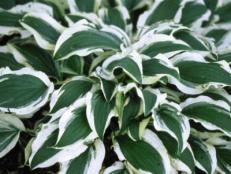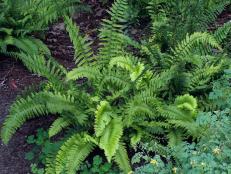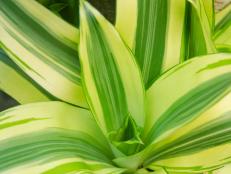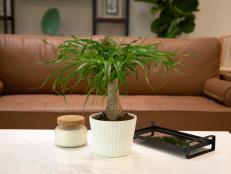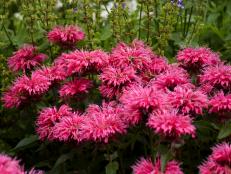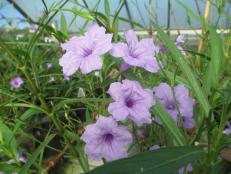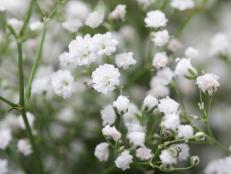'Empress Wu' Hosta

Image courtesy of Ball Horticultural Company
Want to grow a plant that will make people talk? Then try ‘Empress Wu’ hosta. This oversize hosta grows to an impressive 4 to 5 feet tall and 6 to 8 feet wide. One individual leaf can measure up to 28 inches long and 25 inches across. If you love hostas for their low-maintenance beauty, you’ll really like ‘Empress Wu’. This beauty looks great for little effort on your part—and is guaranteed to earn rave reviews from anyone who sees it.
Like many hosta plant varieties, ‘Empress Wu’ hosta craves light to full shade. In northern regions, some gardeners grow their ‘Empress Wu’ hosta where it receives a few hours of morning sunlight, but in most situations, this plant giant performs best when it’s protected from direct sun.
Because ‘Empress Wu’ hosta forms such large leaves, it’s vitally important to supply plants with ample water. Make sure the soil where you plant ‘Empress Wu’ has the ability to retain moisture. Add plenty of organic matter to enhance the soil’s water holding capacity. You should also consider running a soaker hose or drip irrigation on the soil surface, especially if you garden where summer drought is a reliable event.
You might even consider using these watering methods in temperate regions where summer rainfall is adequate for most plants. Because ‘Empress Wu’ hosta leaves get so large, it’s tough for rain to penetrate through leaf layers and reach soil. When the plant spread is five feet or more, if rainfall only runs off leaves and hits soil along leaf edges, little water is reaching soil—or roots—near the plant’s crown.
A consistent mulch layer helps to retain soil moisture and is a must with ‘Empress Wu’ hosta. aim for a 2- to 3-inch layer (use the thicker layer in warmer regions). Mulch is most important when hosta plant varieties are newcomers in the garden and establishing root systems. Mulch can help prevent frost heave in cold winter regions, which occurs when freeze-thaw cycles in soil shove plants out of soil.
Mulch does provide a hiding place for slugs, so it’s a good idea to start using some kind of slug bait or trap in early spring, as soon as hosta shoots appear. At the end of the growing season, clean up all dead hosta leaves from plants. Clip dead leaves if they don’t pull free easily. You want to do this to eliminate places that insects and slugs can overwinter. By removing leaf debris, you’re also likely removing slug eggs.
‘Empress Wu’ hosta has dark green, deeply veined leaves. When leaves first unfurl, they have a blue-green tint to them. By summer, the color shifts to green. Flower stalks appear above leaves in early summer. Each bud on the stalk opens to reveal a lavender bloom. The flower stems easily grow to five feet high. They make a stunning show in the garden, and a single flower stem looks exquisite in a vase indoors.
This beautiful behemoth was patented in 2005. The name, ‘Empress Wu’, is in recognition of the only female to serve as emperor in the history of China, Wu Zetian (624 AD to 705 AD).







